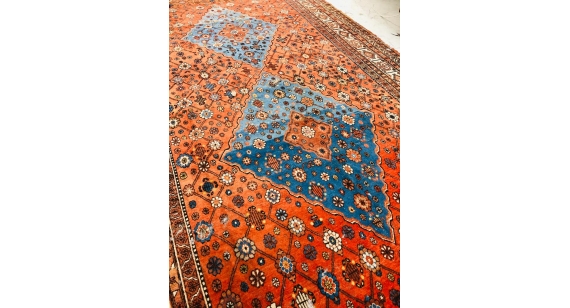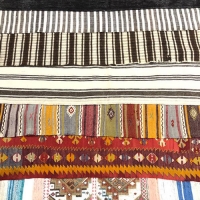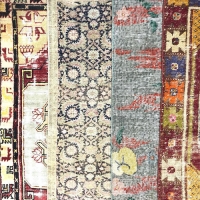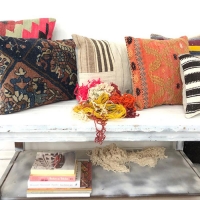
Khotan Rugs
Khotan rugs, also known as Samarkand rugs or Eastern Turkestan rugs, are a type of handwoven carpet originating from the city of Khotan (Hotan) in the Xinjiang region of China. Khotan is located along the historical Silk Road, an ancient trade route connecting China to the Middle East and Europe, which facilitated the exchange of goods and ideas between different cultures.
Khotan rugs are renowned for their distinctive design elements and craftsmanship. They are typically made with high-quality wool or silk, which contributes to their durability and luxurious feel. The rugs often feature a combination of Persian, Central Asian, and Chinese design influences, reflecting the multicultural nature of the region.
The patterns found in Khotan rugs are diverse and can include geometric motifs, floral designs, and medallions. Some rugs incorporate intricate border patterns, while others showcase a more open field with a central medallion or a repetitive pattern. The color palette of Khotan rugs tends to be soft and muted, with hues of ivory, beige, blue, and brown, although vibrant examples can also be found.
Khotan rugs have gained popularity among collectors and interior designers due to their unique blend of cultural influences and exquisite craftsmanship. They are appreciated for their ability to complement a variety of interior styles, from traditional to contemporary. The intricate weaving techniques and timeless designs of Khotan rugs have made them sought-after pieces of art and a testament to the rich cultural heritage of the Silk Road region.



